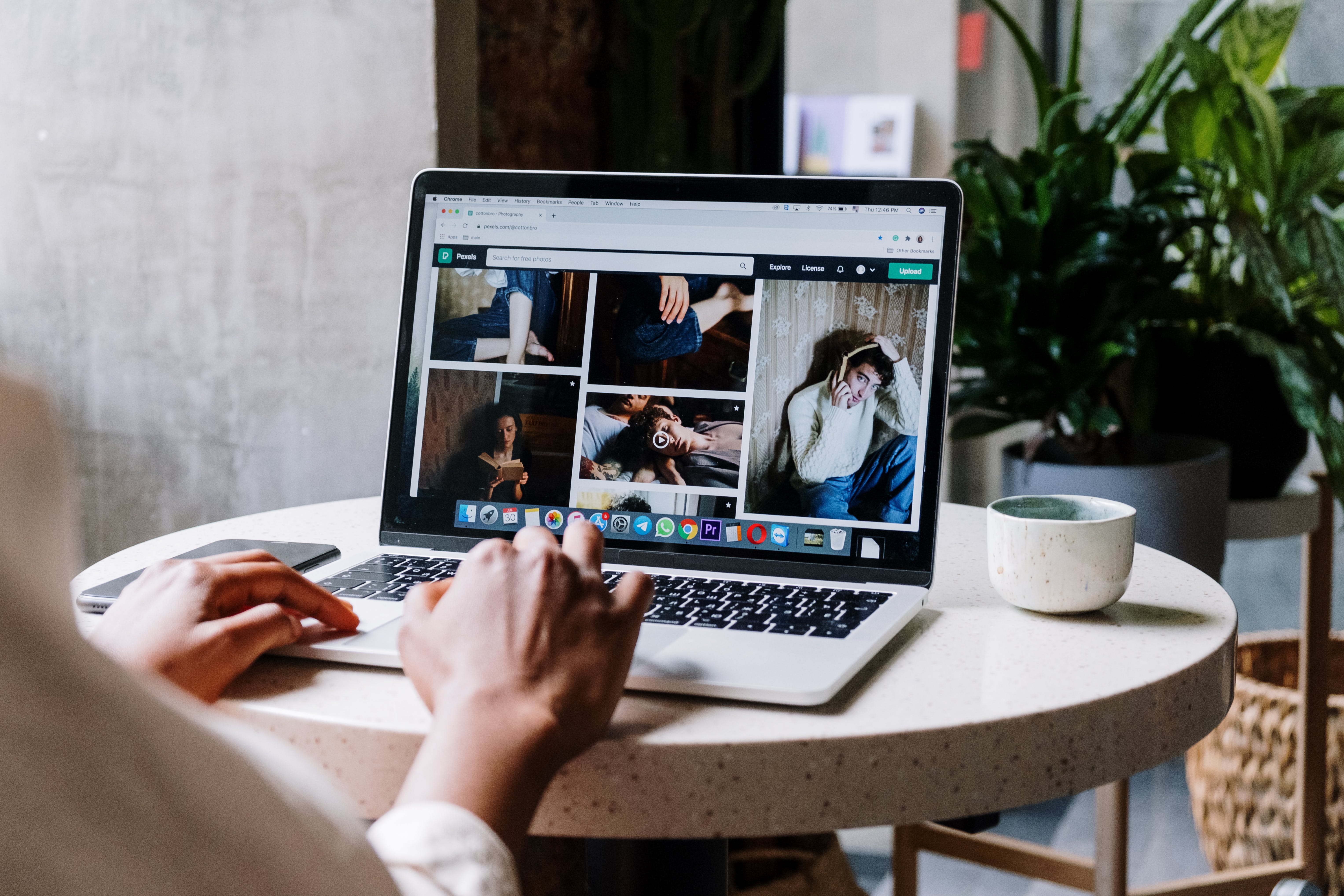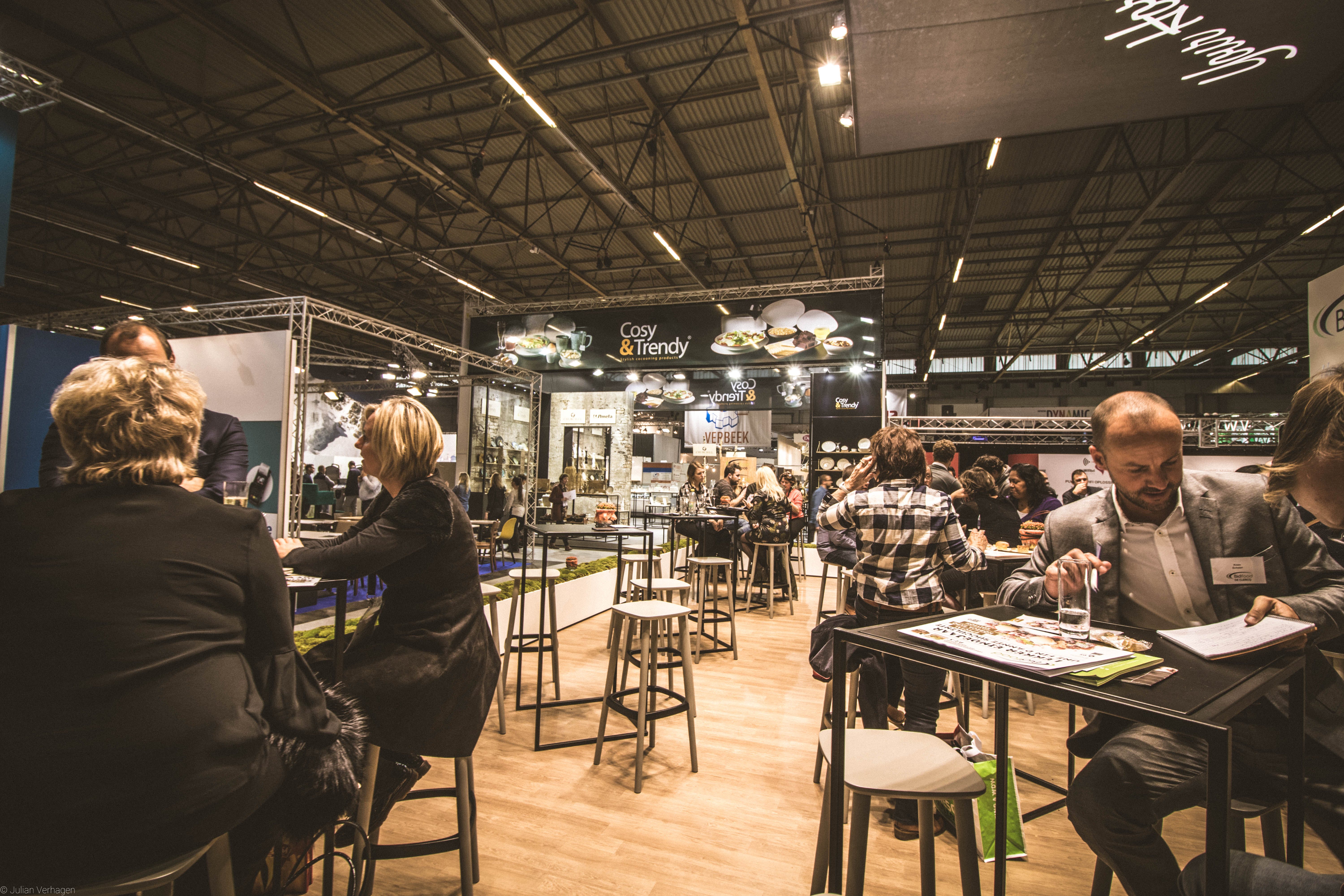Table of Contents
- Introduction to Networking for Artists and Creators
- Why Networking is Essential for Artists and Creators
- Understanding the Art of Connectivity
- Easy Networking Tips for Artists and Creators
- The Role of Social Media in Networking
- Networking Offline: Events and Exhibitions
- How Networking Can Boost Your Creative Career
- Networking Resources for Artists and Creators
- Conclusion: Mastering the Art of Connectivity

Introduction to Networking for Artists and Creators
In the world of art and creativity, networking is a powerful tool that artists and creators must master. The process of connecting with like-minded individuals, potential clients, and influential figures in the industry is crucial for anyone seeking to thrive in the creative space. For many artists and creators, networking can seem daunting. However, with the right strategies and insights, it can become an enjoyable and fulfilling practice that opens up countless opportunities for growth and success.
Networking is more than just making acquaintances; it's about building long-term, mutually beneficial relationships with people who can help you grow professionally. It's about being part of a community that shares your passion and supports your creative journey. Whether you're a visual artist, a musician, a writer, or a creator of any sort, networking is an essential skill you need to excel in your craft.
The creative industry is a broad and diverse field, and navigating it can feel overwhelming at times. But remember, every successful artist or creator started somewhere, and they too had to learn the art of networking. This guide aims to provide easy networking tips for artists and creators that can help simplify this process and make it more effective.

Why Networking is Essential for Artists and Creators
Networking is a vital part of the creative journey, and it presents a wealth of opportunities for artists and creators. It is a way to gain exposure, learn about the industry, find potential collaborations, and even secure job opportunities. Networking is a lifeline that can help artists and creators stay connected to the pulse of their industry.
For artists and creators, networking is essential for visibility and recognition. The creative industry thrives on fresh ideas, and networking allows creators to showcase their unique contributions to a wider audience. By connecting with industry influencers, artists and creators can gain insightful feedback that can help refine their craft.
Furthermore, networking fosters a sense of community. It allows artists and creators to connect with like-minded individuals who share their passion for creativity. This sense of community can be a source of inspiration and motivation, helping creators to keep pushing the boundaries of their artistry.
Understanding the Art of Connectivity
The art of connectivity is about understanding the dynamics of networking and using them to your advantage. It involves being proactive in reaching out to others, being open to collaborations, and nurturing relationships over time. The art of connectivity is about more than just exchanging business cards; it's about building genuine relationships that can benefit both parties.
Connectivity is about establishing meaningful connections with individuals who can contribute positively to your creative journey. It's about understanding that networking is not a one-way street, but a mutual exchange of ideas, experiences, and resources. It's about recognizing the value that others can bring to your creative journey and being willing to share your own experiences and insights in return.
Finally, the art of connectivity is about embracing diversity. The creative industry is made up of a wide variety of artists and creators, each with their unique perspective and approach to creativity. By connecting with a diverse range of individuals, artists and creators can gain a broader understanding of the industry and draw inspiration from different sources.
Easy Networking Tips for Artists and Creators
Networking doesn't have to be a daunting task. Here are some easy networking tips for artists and creators that can make the process more manageable and fruitful.
Firstly, be proactive. Don't wait for opportunities to come to you; instead, seek them out. Attend industry events, join online forums, and reach out to individuals who inspire you. Remember, networking is about building relationships, and that requires effort and initiative.
Secondly, be genuine. People are more likely to connect with you if they feel that you are authentic and sincere. Show genuine interest in others, ask thoughtful questions, and share your own experiences and insights. Networking is not just about promoting yourself; it's also about showing appreciation for others and their work.
Lastly, follow up. Networking doesn't end after a conversation or a meeting. It's important to follow up with the people you meet, whether it's by sending a thank you note, sharing relevant resources, or arranging a follow-up meeting. Remember, networking is about building long-term relationships, and that requires consistent effort and communication.
The Role of Social Media in Networking
Social media plays a significant role in networking for artists and creators. Platforms such as Instagram, Facebook, and LinkedIn provide a space for creators to showcase their work, connect with their audience, and engage with other industry professionals. Social media allows artists and creators to reach a wider audience and establish their online presence.
With social media, artists and creators can share their creative process, behind-the-scenes content, and finished works, allowing their audience to engage with their creative journey. By utilizing social media for networking, artists and creators can build a community of followers who are interested in their work and can potentially become clients or collaborators.
Furthermore, social media provides a platform for artists and creators to connect with industry professionals and influencers who can provide valuable insights and opportunities. By engaging with these individuals through comments, direct messages, and collaborations, artists and creators can establish meaningful connections that can contribute to their professional growth.
Networking Offline: Events and Exhibitions
While online networking is crucial in today's digital age, offline networking remains equally important. Events and exhibitions offer a chance for artists and creators to showcase their work in a physical space, engage with their audience face-to-face, and connect with other industry professionals.
Attending events and exhibitions not only provides exposure for artists and creators but also allows them to learn from other industry professionals. By observing how others present their work, interact with their audience, and handle challenges, artists and creators can gain valuable insights that can help improve their own practice.
Furthermore, events and exhibitions are an excellent platform for artists and creators to meet potential clients, collaborators, and mentors. These face-to-face interactions can lead to meaningful connections that can significantly impact an artist's or creator's professional journey.

How Networking Can Boost Your Creative Career
Networking can significantly boost your creative career in several ways. Firstly, it can increase your visibility and recognition in the industry. By connecting with industry professionals and influencers, you can gain exposure for your work and establish your presence in the industry.
Secondly, networking can provide learning opportunities. By interacting with other artists and creators, you can gain insights into their creative processes, learn about industry trends, and get advice on overcoming challenges. This knowledge can help you refine your craft and stay ahead in the industry.
Lastly, networking can open up opportunities for collaborations and partnerships. By connecting with like-minded individuals, you can work together on projects, share resources, and learn from each other. These collaborations can enhance your creative output and provide additional exposure for your work.
Networking Resources for Artists and Creators
There are numerous resources available for artists and creators that can aid in their networking efforts. These include networking events, online forums, social media platforms, and professional organizations.
Networking events such as industry conferences, art exhibitions, and creative workshops are excellent platforms for artists and creators to meet industry professionals, showcase their work, and learn about industry trends.
Online forums and social media platforms provide a space for artists and creators to connect with a global community of creatives, share their work, and engage in discussions about the industry.
Professional organizations offer networking opportunities, resources, and support for artists and creators. By joining these organizations, artists and creators can connect with industry professionals, gain access to industry news and resources, and receive support in their professional journey.
Conclusion: Mastering the Art of Connectivity
Mastering the art of connectivity is a crucial aspect of being a successful artist or creator. It involves understanding the dynamics of networking, being proactive in establishing connections, and nurturing these relationships over time. By applying these easy networking tips for artists and creators, you can navigate the creative industry with confidence, gain exposure for your work, and build a supportive community around your creative journey.
Remember, networking is more than just a transaction; it's about building meaningful relationships that can help you grow both personally and professionally. So, take the plunge, start connecting, and watch as your creative career takes flight.












